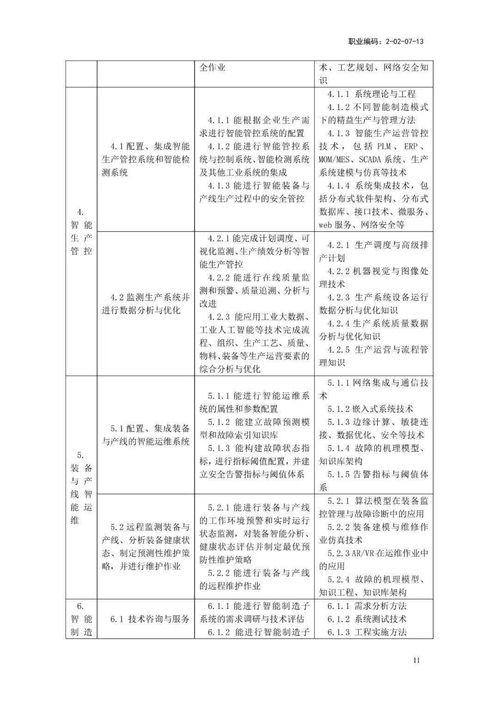区块链考题和答案
Title: Blockchain Engineering Technology Exam Questions
Question 1: Explain the concept of blockchain technology and its key components.
Blockchain technology is a decentralized, distributed ledger system that records transactions across multiple computers in a tamperresistant and transparent manner. The key components of blockchain technology include:
1.
Blocks:
These are containers for data and transactions. Each block contains a cryptographic hash of the previous block, creating a chain of blocks, hence the name "blockchain."2.
Transactions:
These are records of interactions between participants in the network. Transactions are bundled into blocks and then added to the blockchain.3.
Decentralization:
Blockchain operates on a decentralized network of nodes, where each node stores a copy of the entire blockchain. This eliminates the need for a central authority or intermediary, enhancing security and transparency.4.
Consensus Mechanisms:
These are protocols that ensure all nodes in the network agree on the validity of transactions and the order in which they are added to the blockchain. Examples include Proof of Work (PoW), Proof of Stake (PoS), and Delegated Proof of Stake (DPoS).5.
Cryptographic Hash Functions:
These functions generate unique identifiers for each block and transaction, ensuring data integrity and security within the blockchain.6.
Smart Contracts:
These are selfexecuting contracts with the terms of the agreement directly written into code. They automatically enforce and execute the terms of the contract when predefined conditions are met.Question 2: Discuss the difference between public and private blockchains.
Public Blockchains:
Public blockchains are permissionless, meaning anyone can join the network, participate in the consensus process, and read or write transactions.
Examples include Bitcoin and Ethereum.
They offer high transparency and decentralization but may suffer from scalability and privacy issues due to their open nature.
Private Blockchains:
Private blockchains are permissioned, meaning access to the network is restricted to a predefined group of participants.
Participants are typically known entities, such as businesses or organizations.

Examples include Hyperledger Fabric and R3 Corda.
They offer better scalability, privacy, and control over the network but sacrifice some decentralization and transparency.
Question 3: Outline the steps involved in developing a blockchain application.
1.
Define Use Case:
Identify a realworld problem that can be solved or optimized using blockchain technology.2.
Choose Platform:
Select the appropriate blockchain platform based on factors like scalability, consensus mechanism, and smart contract support.3.
Design Architecture:
Design the architecture of the blockchain application, including data structure, consensus mechanism, and network topology.4.
Develop Smart Contracts:
Write and deploy smart contracts that govern the logic of the application and automate transactions.5.
Build User Interface:
Develop a userfriendly interface for interacting with the blockchain application, such as a web or mobile application.6.
Testing:
Conduct thorough testing of the application to ensure functionality, security, and performance.7.
Deployment:
Deploy the blockchain application on the chosen network, whether it's a public blockchain like Ethereum or a private blockchain like Hyperledger Fabric.8.
Maintenance and Updates:
Regularly maintain the application, monitor its performance, and implement updates or improvements as needed.Question 4: Explain the significance of consensus mechanisms in blockchain networks.
Consensus mechanisms play a crucial role in blockchain networks by ensuring agreement among nodes on the validity of transactions and the order in which they are added to the blockchain. The significance of consensus mechanisms includes:
1.
Security:
Consensus mechanisms prevent malicious actors from tampering with the blockchain by requiring the agreement of a majority of nodes before adding new blocks.2.
Immutability:
Once transactions are added to the blockchain through consensus, they cannot be altered or deleted, ensuring the integrity and immutability of the data.3.
Decentralization:
Consensus mechanisms enable decentralized decisionmaking, where no single entity has control over the network, enhancing censorship resistance and trustlessness.4.
Scalability:
Efficient consensus mechanisms contribute to the scalability of blockchain networks by allowing for faster transaction processing and higher throughput.5.
Adaptability:
Different consensus mechanisms offer varying tradeoffs between security, scalability, and decentralization, allowing blockchain networks to tailor their consensus protocol to specific use cases and requirements.Question 5: Discuss the potential challenges and limitations of blockchain technology.
1.
Scalability:
Blockchain networks, especially public ones, face challenges in scaling to support large numbers of transactions without compromising decentralization and security.2.
Interoperability:
Lack of interoperability between different blockchain platforms and networks hinders seamless communication and data transfer between them.3.
Regulatory Uncertainty:
Evolving regulatory landscape and uncertainty regarding compliance requirements pose challenges for blockchain adoption, especially in regulated industries.4.
Privacy Concerns:
While blockchain offers transparency, privacy concerns arise from the public and immutable nature of transactions, potentially exposing sensitive information.5.
Energy Consumption:
Proof of Work (PoW) consensus mechanisms, used by some blockchains like Bitcoin, consume large amounts of energy, leading to environmental concerns.6.
User Experience:
Blockchain applications often have complex user interfaces and require users to manage cryptographic keys, which can be challenging for mainstream adoption.7.
Security Risks:
While blockchain is inherently secure, vulnerabilities in smart contracts, consensus mechanisms, and wallet software can lead to security breaches and financial losses.Addressing these challenges requires ongoing research, innovation, and collaboration within the blockchain community, as well as engagement with regulators and stakeholders to foster a conducive environment for blockchain adoption and development.
Conclusion:
Blockchain technology has emerged as a disruptive force with the potential to revolutionize various industries, from finance and supply chain to healthcare and government. By understanding its core concepts, applications, and challenges, individuals and organizations can harness the power of blockchain to drive innovation, transparency, and efficiency in their operations. However, successful adoption and implementation of blockchain require careful consideration of use cases, platform selection, development processes, and regulatory compliance. With continuous advancements and collaborations, blockchain technology holds promise for transforming the way we transact, interact, and trust in the digital age.











